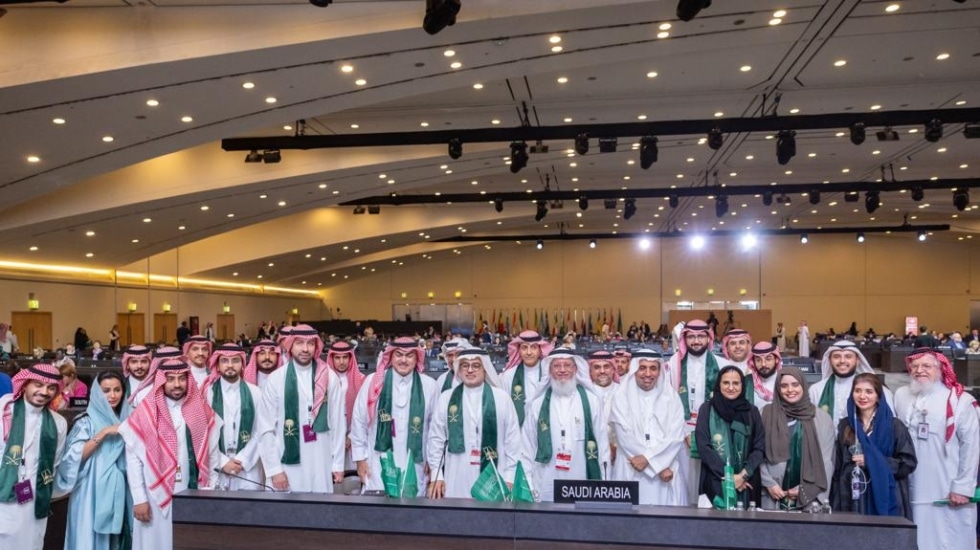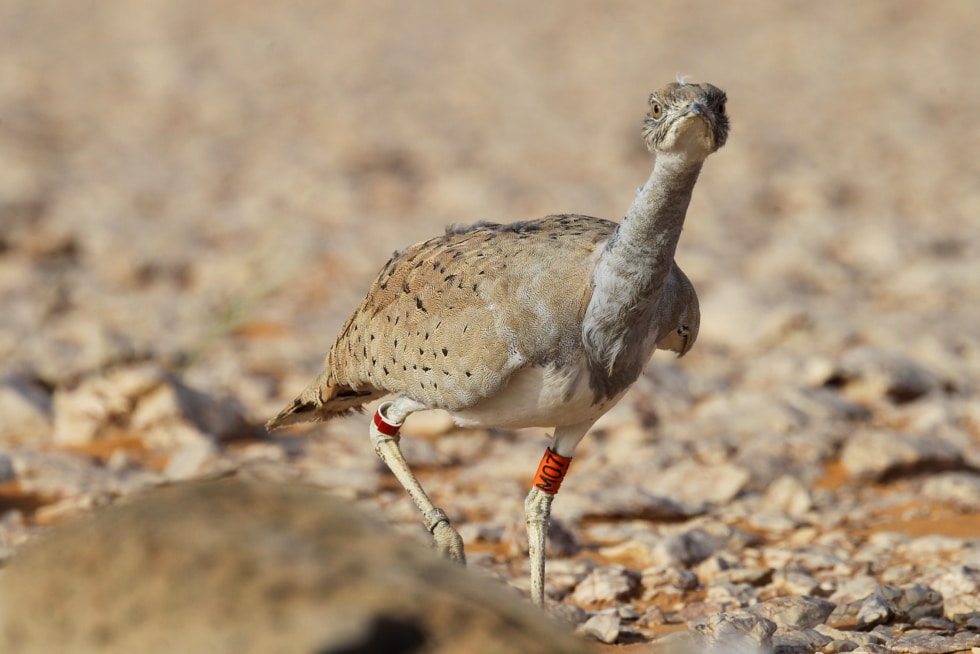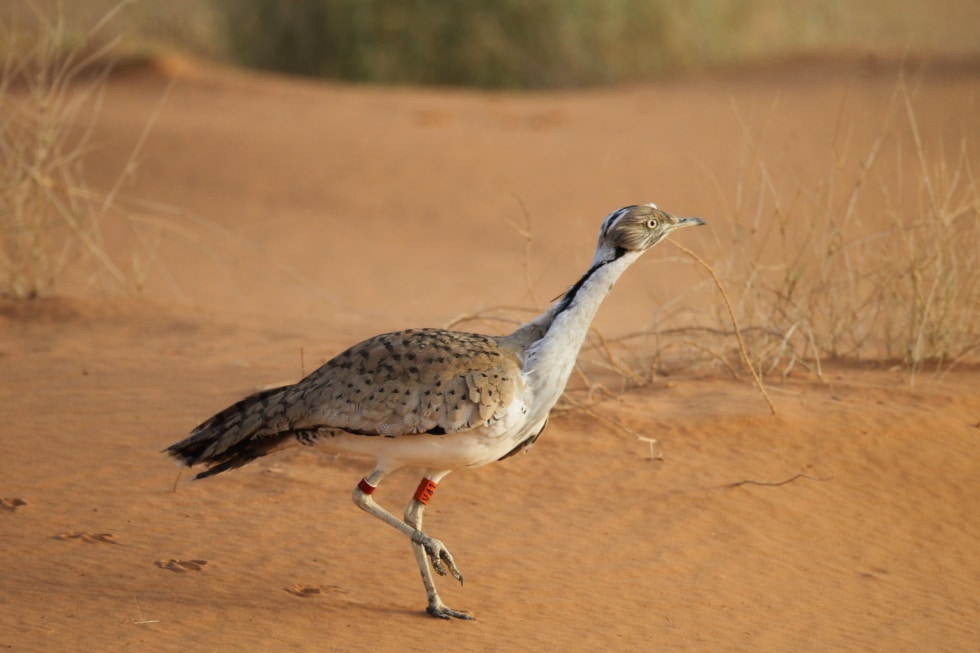

Delegation of Saudi Arabia at the 45th extended meeting of the World Heritage Committee of the United Nations Educational, Scientific and Cultural Organization (UNESCO)
Uruk Bani Maarid Nature Reserve from Saudi Arabia has been designated a UNESCO World Heritage Site, as announced by the Prince Bader bin Abdullah bin Farhan Al Saud, Minister of Culture of Saudi Arabia, Chairman of the National Commission for Education, Culture and Science and Chairman of the Saudi Heritage Commission. The decision was made during the 45th extended meeting of the UNESCO World Heritage Committee, which is being held in Riyadh from September 10 to 25.
The designation marks the creation of Saudi Arabia’s first UNESCO natural heritage site and recognizes the country’s efforts to protect and maintain its natural ecosystems and cultural heritage. The Minister congratulated the leaders of Saudi Arabia for this international inscription, which was the result of the support of the culture and heritage of its authorities and a reflection of the vast culture and biodiversity of Saudi Arabia in all its regions.
It is the only large sand desert in tropical Asia and the largest continuous sand sea on the planet.
While praising the collaborative national efforts that contributed to the site’s listing, the Minister also emphasized Saudi Arabia’s commitment to the conservation of natural heritage and its sustainable development. This commitment underscores the relevance of natural heritage and its strategic importance to the Saudi Vision 2030.
“The inclusion of the reserve on the UNESCO World Heritage List as the Kingdom’s first natural heritage site helps highlight the importance of natural heritage on a global scale and reflects the exceptional value of the reserve,” said Prince Bader bin Abdullah bin Mohammed bin Farhan. Al Saud.
The largest sea of sand on the planet
Located at the western end ar-Rub al-Khali The Uruk Bani Ma’arid Nature Reserve (“Empty Quarter”) covers an area of over 12,750 square kilometers. It is the only large sand desert in tropical Asia and the largest continuous sand sea on the planet. The Uruk Bani Maarid Nature Reserve, with its panoramic view of the sands of the Empty Quarter and some of the largest linear dunes in the world, has universal value.
This is an exceptional demonstration of the ecological and biological evolution of Saudi Arabia’s flora and fauna, which provides natural habitats vital to the survival of more than 120 native plant species, as well as endangered animals living in hostile environments, such as gazelles and the world’s only free herd of Arabian oryxes.
The Uruk Bani Ma’arid Nature Reserve meets World Heritage standards as a sandy desert of universal significance and forms a unique and diverse landscape. It contains extensive natural habitats vital to the survival of key species, and contains five subsets of the Kingdom’s national ecosystems vital to maintaining its biodiversity.
Seventh UNESCO site in Saudi Arabia
The designation of the Uruk Bani Ma’arid Nature Reserve as a World Heritage Site is the result of a joint effort between the Saudi Arabian Ministry of Culture, the National Commission for Education, Culture and Science, the National Wildlife Center and the Arab Heritage Commission. a country. It joins six other Saudi UNESCO sites: Al-Ahsa Oasis, Al-Hijr Archaeological Site, At-Turaif area in Ad Diriyah, Hima Cultural Zone, Old City of Jeddah And rock art of the Grad region.
This is an exceptional demonstration of the ecological and biological evolution of the flora and fauna of Saudi Arabia.
Until 25 September, Saudi Arabia is hosting the 45th extended meeting of the World Heritage Committee of the United Nations Educational, Scientific and Cultural Organization (UNESCO), of which it is one of 21 member states.
The Committee, founded in 1972 by the General Assembly of UNESCO, is the governing body of the World Heritage Convention and meets annually, with a term of office of six years. Its members currently include, in addition to Saudi Arabia, Argentina, Belgium, Bulgaria, Egypt, Ethiopia, Greece, India, Italy, Japan, Mali, Mexico, Nigeria, Oman, Qatar, Russian Federation, Rwanda, Saint Vincent and the Grenadines , South Africa, Thailand and Zambia.
Source: El Independiente

